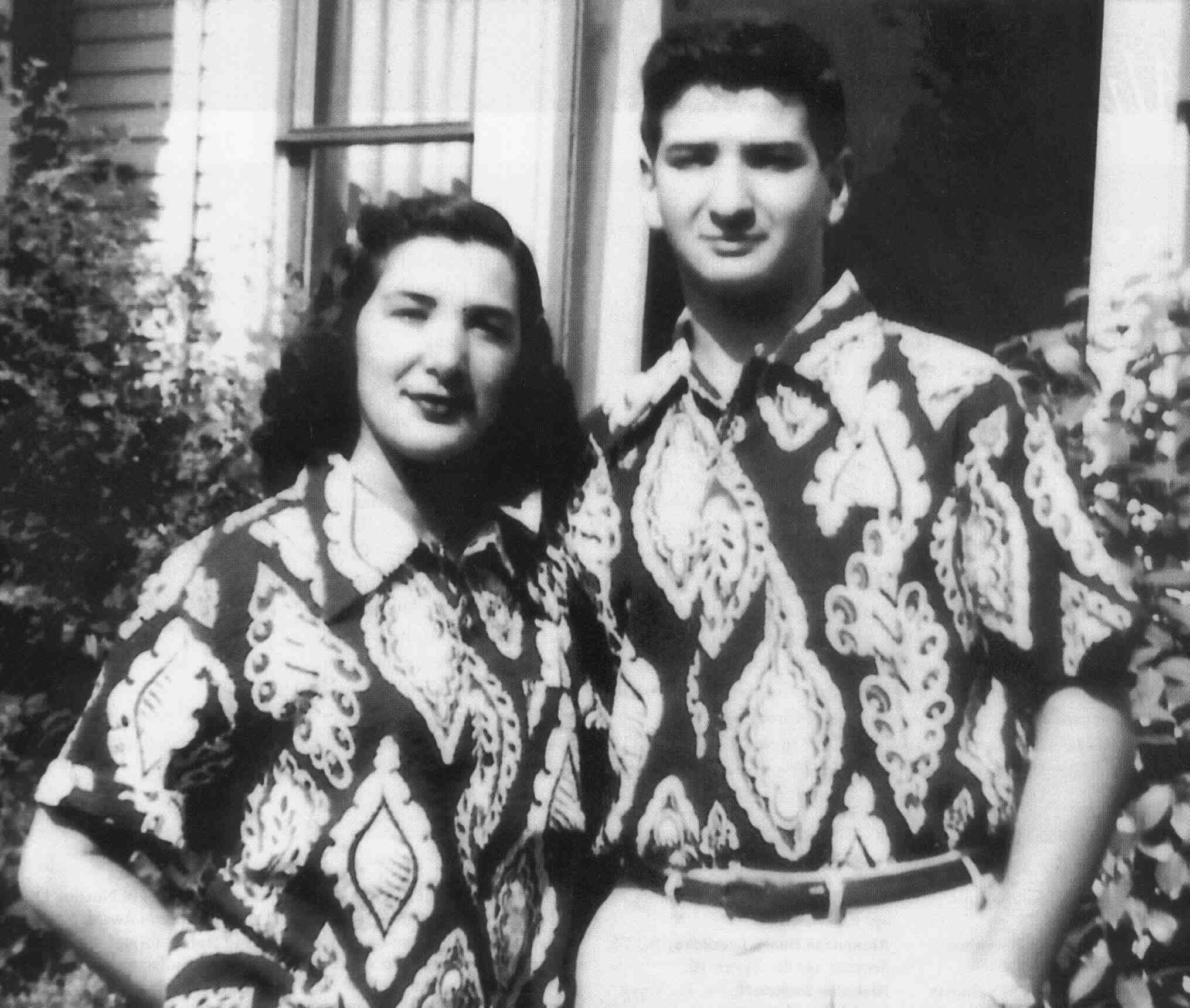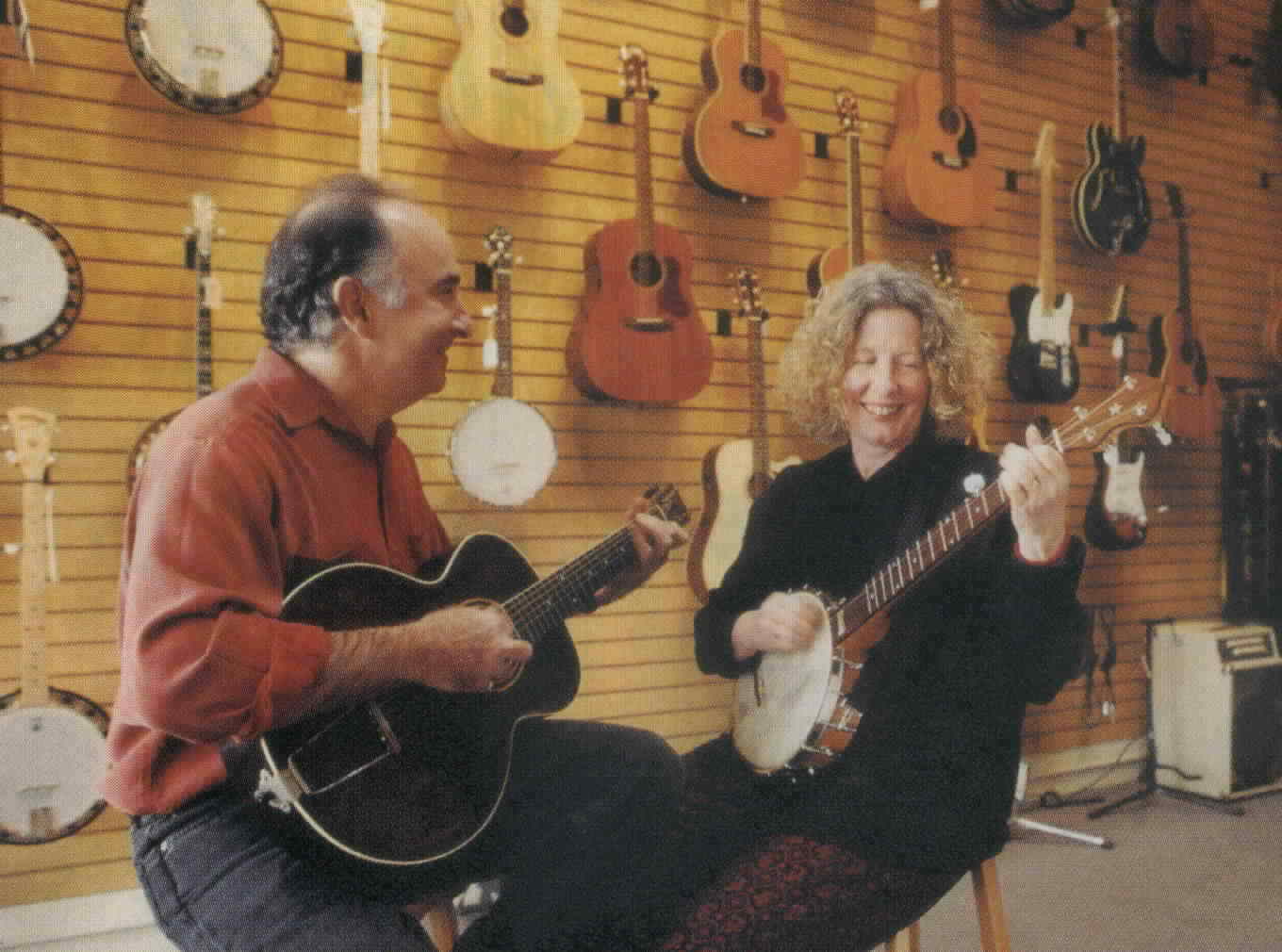
ISOPRAXISM

Side by side, like oxen that go yoked . . . --Dante Alighieri, Purgatorio, Canto
XII
Imitation.
1. "A non-learned neurobehavior in which members of a
species act in a like manner" (Soukhanov 1993:135). 2. A deep,
reptilian principle of mimicry, i.e., of copying, emulating, or aping a
behavior, gesture, or fad. 3. An impulsive
tendency to, e.g., a. stand and clap as audience
members nearby stand and applaud, or b. wear the same style of
jewelry, clothing, or shoes.
Usage I: Isopraxism explains why we dress like our colleagues and
adopt the beliefs, customs, and mannerisms of the people we admire. Wearing the
same team jersey or franchise cap to
look alike suggests like thinking and feeling, as well. Appearing, behaving, and
acting the same way makes it easier to be accepted, because "same is
safe."
Usage II: The word isopraxis (Greek iso-,
"same"; Greek praxis, "behavior") was introduced by the neuroanatomist
Paul D. MacLean, who first used it in print in 1975 (see below, Word origin
I). Examples include a. the simultaneous head-nodding of lizards, b. the group
gobbling of turkeys, and c. the synchronous
preening of birds. In human beings, isopraxism "is manifested in the
hand-clapping of a theater audience and, on a larger scale, in historical mass
migrations, in mass rallies, violence, and hysteria, and in the sudden
widespread adoption of fashions and fads" (Soukhanov
1993:135).
 Imitation. " 'Because "imitation" is such a "loaded"
word in the social and behavioral sciences, commonly implying "conscious"
learning or mimicking, I shall avoid it in the context of experimental work,
referring instead to isopraxis, or isopraxic behaviour, meaning
performance of the same kind of behaviour' " (MacLean, quoted in Soukhanov
1995:90).
Imitation. " 'Because "imitation" is such a "loaded"
word in the social and behavioral sciences, commonly implying "conscious"
learning or mimicking, I shall avoid it in the context of experimental work,
referring instead to isopraxis, or isopraxic behaviour, meaning
performance of the same kind of behaviour' " (MacLean, quoted in Soukhanov
1995:90). Salesmanship. "You lead the prospect by starting closer to his posture and expression, and then gradually becoming more relaxed" (Delmar 1984:44).
Synchrony. ". . . the speech, body motion and bioelectric activity in
a normal speaker appeared to display synchronous patterns of change. The person
listening also displays patterns of change of body motion and bioelectric
activity which seem to be harmonious with those of the speaker" (Condon and
Ogston 1966:234; see DANCE).
Word origin I. "Isopraxis is
the coinage of neuroanatomist Paul D. MacLean, M.D., the retired chief,
Laboratory of Brain Evolution and Behavior, National Institute of Mental Health,
now a senior scientist there. His word first appeared in print in 1975 in his
piece 'The Imitative-Creative Interplay of Our Three Mentalities,' in Astride
the Two Cultures. Arthur Koestler at 70 (H. Harris, ed.)" (Soukhanov
1995:90).
Word origin II. "As you read the word isopraxism, you are
watching a preexisting word, isopraxis, undergo initial transformation
into a variant spelling. The longevity of the new variant cannot yet be
predicted. David B. Givens, director of academic relations at the American
Anthropological Association, used the -m; this variant spelling first
appeared in the nontechnical media in a United Press International story dated
March 24, 1981. In an interview with me, Dr. Givens remarked that the -m
spelling, commonly seen in the literature of anthropology,
is 'more for the ordinary reader, as opposed to isopraxis, which is
better understood by science types. . . . With the -m spelling, ordinary
people might be inclined to use the word more'" (Soukhanov 1995:90).
 Neuro-notes I. Our tendency to imitate clothing styles and
to pick up the nonverbal mannerisms of others is rooted in paleocircuits of the reptilian
brain. "The major counterpart of the reptilian forebrain in mammals
includes the corpus striatum (caudate plus putamen), globus pallidus, and
peripallidal structures [including the substantia innominata, basal nucleus of
Meynert, nucleus of the ansa peduncularis, and entopeduncular nucleus]" (MacLean
1975:75).
Neuro-notes I. Our tendency to imitate clothing styles and
to pick up the nonverbal mannerisms of others is rooted in paleocircuits of the reptilian
brain. "The major counterpart of the reptilian forebrain in mammals
includes the corpus striatum (caudate plus putamen), globus pallidus, and
peripallidal structures [including the substantia innominata, basal nucleus of
Meynert, nucleus of the ansa peduncularis, and entopeduncular nucleus]" (MacLean
1975:75).
Neuro-notes II. Mirror neurons: In the early 1990s, mirror neurons were discovered in the premotor cerebral cortex of macaque monkeys. Vittorio Gallese, Giacomo Rizzolatti, and colleagues at the University of Parma, Italy, identified neurons that activate when monkeys perform certain hand movements (such as picking up fruit)--and also fire when monkeys watch others perform the same hand movements. In The Imitative Mind (2002), Andrew Meltzoff uses mirror neurons to explain how human newborns from 42 minutes to 72 hours old (mean = 32 hours) can imitate adult facial acts (tongue protrusion, lip protrusion, mouth opening, eye blinking, cheek and brow movements, and components of emotional expressions), head movements, and hand gestures. Human mirror neurons have been located in Brodmann's area 44 (Broca's area) of the brain's cerebral cortex.
Neuro-notes III. Mirror neurons: "I propose that young infants' fundamental recognition of others as 'like me' provides a connection to others that is used to bootstrap learning about intentions, emotions, perspectives, and other minds." (Source: Andrew Meltzoff, from his abstract for the 2012 conference on "Mirror Neurons: New Frontiers 20 Years After Their Discovery")

Copyright
1998 - 2019 (David B. Givens/Center for Nonverbal Studies)
Photo credits: unknown